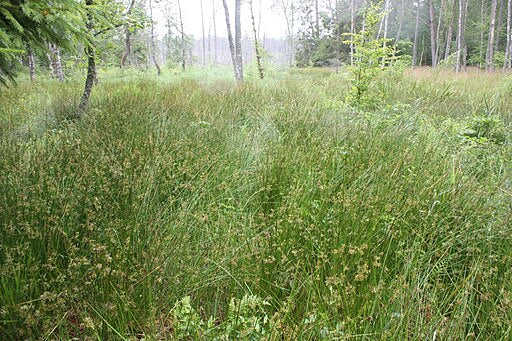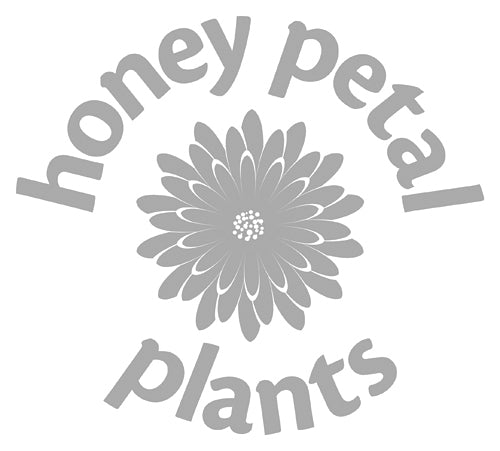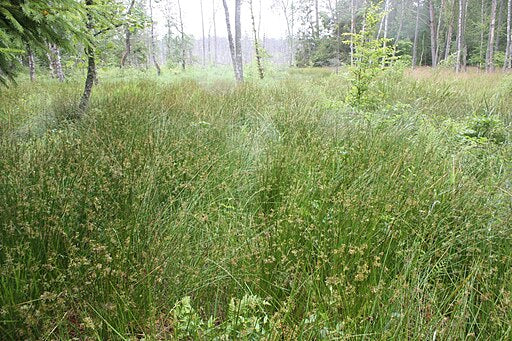Honey Petal Plants
Juncus effusus - Common Soft Rush
Juncus effusus - Common Soft Rush
Couldn't load pickup availability
Sizes available: #1 (Trade gallon)
Basics: zones 4-9, 2-4' x 2-4', full sun, yellowish green bloom in early to mid summer, often found in sand or peat, also clay tolerant, prefers moist to wet soils
Common names: Common Soft Rush, Bog Rush, Mat Rush
Family: Juncaceae
Origin/Distribution: There are numerous subspecies of this plant and it has a wide native distribution occurring in parts of North America, South America, Europe, Asia, and Africa. It has also naturalized in Australia, New Zealand, and South Africa. According to Go Botany there are two subspecies of this rush in Maine. One is native and one is introduced.
Habitat: marshes, wet meadows and fields, wetland margins, along waterways, ponds, river and lake shore
More: This is a handsome rush that provides nesting sites for waterfowl and sheltering habitat for numerous creatures. It can grow in standing water up to 4" deep, but also performs well in a garden setting if the soil is not allowed to dry out. It will spread by rhizome and self-seeding. Spread can be controlled by containerizing the plant. This plant is a strong grower and is good for erosion control, large riparian areas, and containers. The stems are used by various cultures for tying and weaving for cordage, small bags, mats, baskets, and fish traps. Early growth has been used to feed cattle and horses. and has also been eaten by humans (earliest sprouts). In Europe, the pith of Juncus effusus used to be soaked in grease to create rushlights, inexpensive substitutes for candles. Has been used medicinally.
Nursery: Van Berkum
Image credits: Wikimedia Commons


